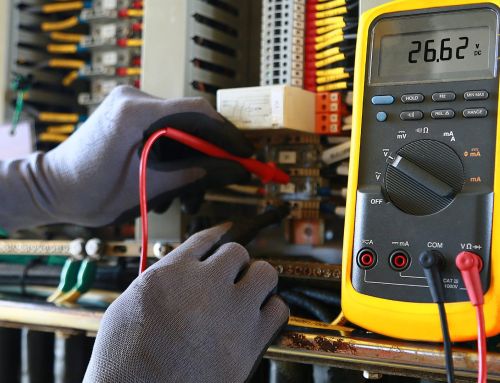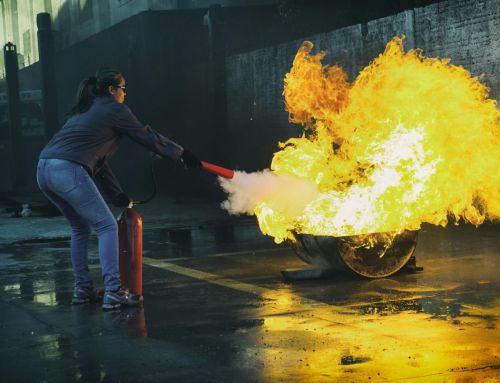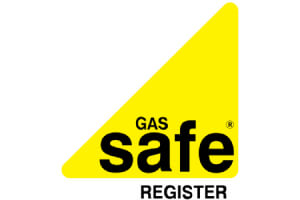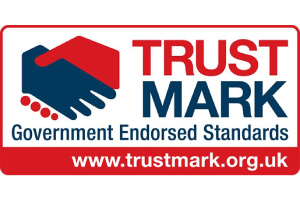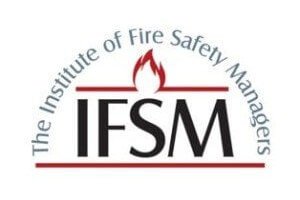
Fire emergencies are like ticking time bombs, unpredictable and destructive, but did you know that we can defuse this threat with something called a Fire Risk Assessment? It’s our best bet in preventing catastrophic fire emergencies.

I’ve got some insights into how these assessments can reveal potential fire hazards and help us implement effective safety measures. We’ll also touch on the legal aspects of fire safety and the role we all play in creating a safer environment.
Intrigued? Stay tuned, as we’re just getting warmed up!
Importance of Fire Risk Assessment
Understanding the importance of a fire risk assessment is pivotal; it’s not just about identifying potential fire hazards, but also about evaluating the effectiveness of current fire safety measures in place. It’s a crucial step in risk evaluation, laying a solid foundation for safety planning.
The goal is to reduce or eliminate the risk of fire incidents, hence the need for robust prevention strategies. The process involves hazard identification, followed by an evaluation of the identified risks and the development of a plan to mitigate these risks.
This plan should also include an emergency response protocol, ensuring that in the event of a fire, the impact is minimized and lives are saved. Ultimately, a comprehensive fire risk assessment is an investment in safety, peace of mind, and the preservation of life and property.
Identifying Common Fire Hazards
While it’s crucial to have robust fire prevention strategies, it’s equally important to be aware of the common fire hazards that can pose a threat to safety in the workplace. Identifying these hazards, including faulty wiring, unattended heating equipment, and improper storage of flammable materials, forms the cornerstone of fire hazard identification.
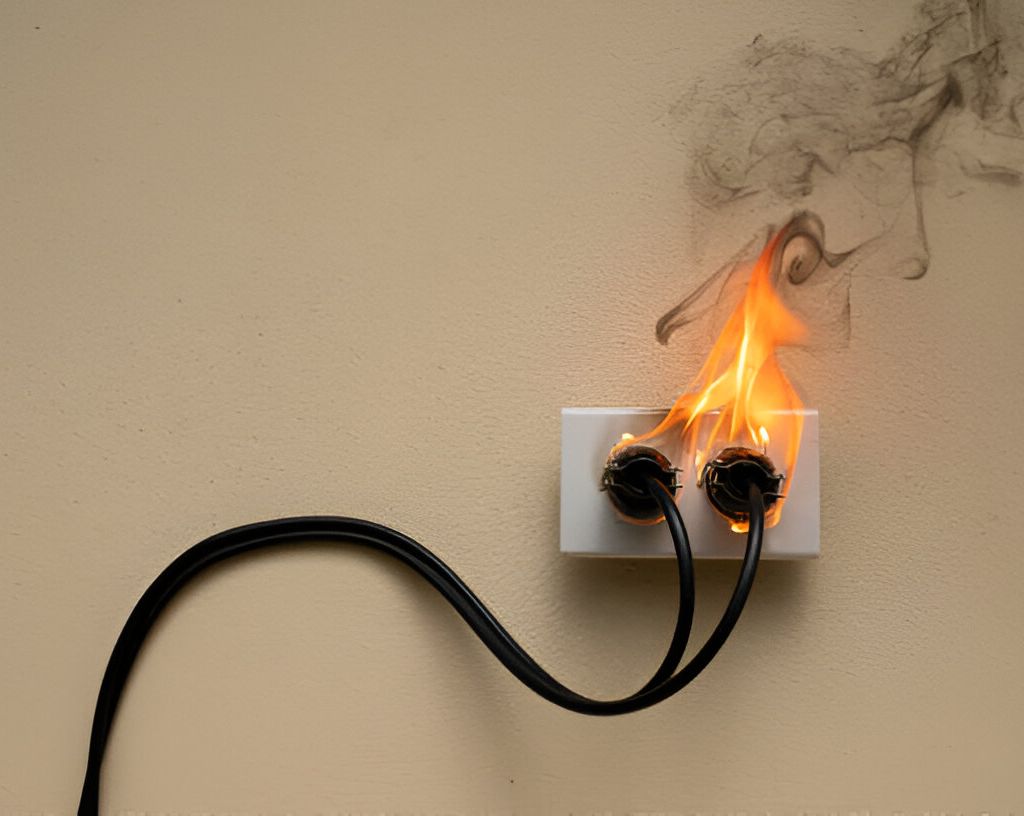
This leads to a comprehensive risk evaluation, which is essential to safety plan development. I can’t stress enough the importance of hazard mitigation strategies; these measures can significantly reduce the risk of a devastating fire.
Lastly, a thorough prevention measures assessment ensures that all safety precautions are effective and up-to-date. With a keen eye and proactive measures, we can effectively tackle these fire hazards.
Effective Fire Prevention Strategies
To effectively mitigate the risk of fires in the workplace, it’s critical to implement and maintain robust fire prevention strategies. Prevention measures should begin with thorough fire hazard identification. This requires a keen eye for potential hazards, from overloaded electrical outlets to improperly stored flammable materials.
Next, comprehensive fire safety protocols should be established and diligently followed. Regular training should reinforce these protocols to every staff member. Risk assessment techniques play a vital role in this process, helping to identify vulnerabilities and plot a course for improvement.
Lastly, while our focus here is on prevention, it’s worth noting that a well-planned emergency response is an indispensable backup when prevention fails. Remember, a proactive approach is the key to fire safety.
Emergency Preparedness Essentials
Even with the best prevention strategies in place, it’s important to recognize that emergencies can still occur, making a well-structured emergency preparedness plan a non-negotiable aspect of any workplace’s fire safety measures. This includes a solid emergency response plan, clear communication protocols, and well-practiced evacuation procedures.
Knowing how and when to use a fire extinguisher is a skill all employees should learn. Regular training drills help reinforce these skills, ensuring a quick, calm, and orderly response when it matters most.
Role of Employees in Fire Safety
In ensuring a fire-safe environment, the role of employees is just as significant as the fire safety measures put in place. Employee training is crucial, as it equips employees with the knowledge to identify potential fire hazards and the skills to respond effectively in an emergency. Adherence to safety protocols ensures that the risk of fire incidents is minimized. Employees must also be vigilant in risk reporting, promptly identifying and reporting potential fire hazards.
During a fire emergency, the response of employees can make a significant difference. Trained employees can provide evacuation assistance, guiding others to safety and ensuring all personnel are accounted for. Therefore, employees aren’t just bystanders in fire safety; they play a critical role in preventing and responding to fire emergencies.
Legal Requirements for Fire Safety
While employees play a significant role in maintaining a fire-safe environment, there are also stringent legal requirements for fire safety that workplaces must adhere to. Understanding regulations is crucial, as they establish safety standards that protect both people and property.
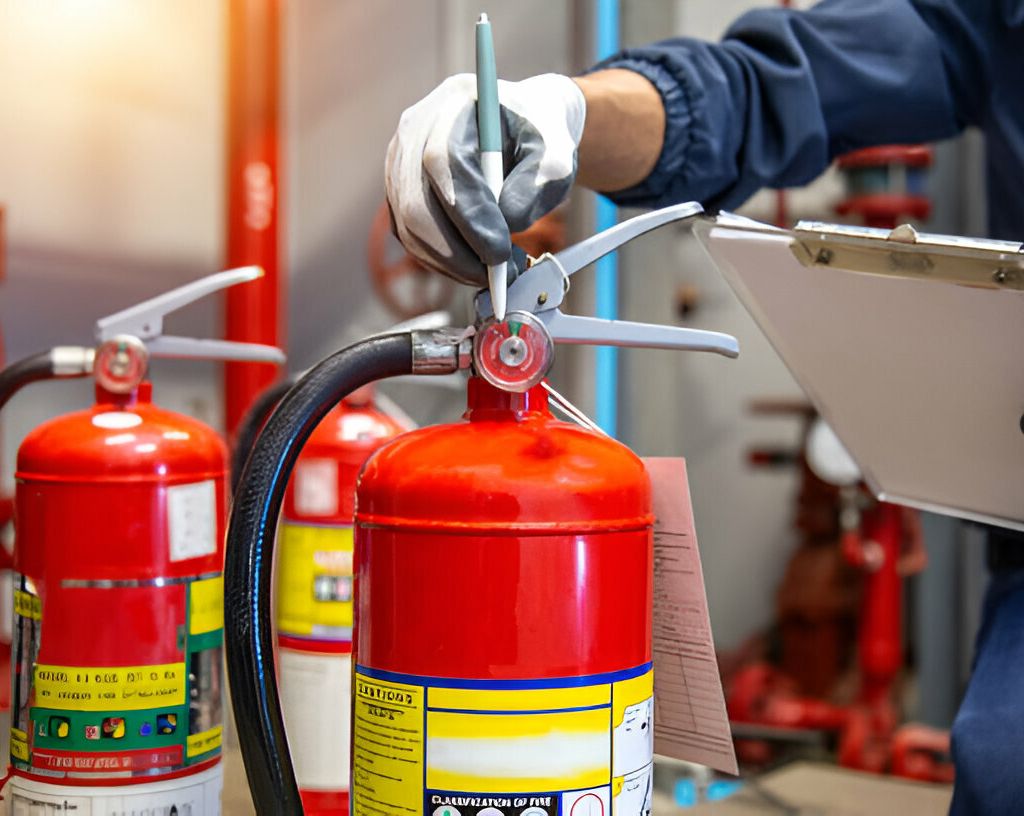
Compliance guidelines provide a roadmap to meeting these legal obligations. They detail the necessary steps for risk assessment, fire prevention measures, and emergency preparedness. Regulatory requirements serve as a benchmark for evaluating the adequacy of fire safety measures in place. Not only do they set the minimum requirements for fire safety, but they also outline the penalties for non-compliance.
Therefore, it’s essential to stay abreast of these regulations and guidelines to ensure a comprehensive approach to fire safety.
Employer’s Duties for Fire Safety
Bearing the brunt of responsibility, employers have a general duty of care to create and maintain a safe working environment, which includes implementing comprehensive fire safety measures. These fire safety obligations encompass everything from conducting regular workplace hazard identification to establishing effective emergency response planning.
It’s my job to ensure we meet these responsibilities, and this involves a keen understanding of risk assessment responsibilities. We must identify potential fire hazards, evaluate their risk, and strategize preventive measures. Safety training requirements are also essential. It’s not enough to have plans in place; employees must be trained to respond effectively during emergencies. Regular drills, equipment usage tutorials, and evacuation procedures form a crucial part of this training.
Thus, as an employer, I’m instrumental in preventing fire emergencies.
Workplace Fire Prevention Measures
To prevent fires in the workplace, adopting a proactive approach is essential. This includes proper storage and handling of flammable materials, regular maintenance of electrical systems, and rigorous training of employees on fire prevention measures.
It’s crucial to conduct regular fire drills to ensure everyone knows the evacuation routes and can act swiftly and calmly in case of an emergency. Equally important is the installation of smoke detectors in strategic locations to provide early warnings.
Electrical safety is another critical aspect that requires ongoing maintenance and inspections to prevent overheating or sparks that could ignite flammable materials. By implementing these measures, we can significantly reduce the risk of fire emergencies and ensure a safer working environment.
Frequently Asked Questions
What Should You Do if a Fire Breaks Out in the Workplace?
If a fire breaks out at work, I’d follow our evacuation plan, head for the safe exits, and avoid smoke inhalation. It’s crucial to remember the emergency trainings and fire drills we’ve practiced.
How Often Should Fire Safety Equipment Be Inspected and Maintained?
I’m obliged to inspect and maintain fire safety equipment regularly. The frequency depends on equipment types. Professional maintenance is vital, with inspection records kept for legal purposes. It’s not just good practice, it’s law.
What Are Some Examples of Fire-Resistant Materials That Can Be Used in the Workplace?
In choosing materials for the workplace, I’d consider fireproof coatings, flame retardant fabrics, safe insulation, and non-combustible furniture. These fire-resistant materials significantly minimize the risk of rapid fire spread, enhancing overall safety.
How Can Companies Encourage Employees to Take Fire Safety Seriously?
I’d encourage fire safety by implementing comprehensive safety training, offering incentive programs, conducting role-playing drills, establishing clear communication channels, and displaying safety posters. It’s crucial to foster a culture prioritizing safety.
How Should a Company Respond if Their Fire Safety Measures Fail During a Fire Incident?
If fire safety measures fail, I’d initiate emergency communication, document the incident, and conduct a post-incident analysis. I’d also consider liability issues and potential insurance implications, ensuring all steps are taken to prevent a recurrence.
Conclusion
In wrapping up, fire risk assessments are indispensable in preventing fire emergencies. By identifying hazards, implementing effective prevention strategies, and cultivating a fire-safe environment, we can significantly minimize risks.
Remember, everyone has a role to play in ensuring safety, and it’s not just a legal requirement—it’s our responsibility. As we continue to prioritize safety, let’s use these insights to create a safer, fire-proof environment for everyone.
About the Author: LandlordCertificate
Related Posts
Get Social
Recent Posts
- The CP42 Gas Certificate improves property safety
- Fire Risk Assessment Review as a Driver of Stronger Safety Control
- Comprehensive EICR London Services for Every Property
- System Planning for Large Buildings with Fire Alarm Installation
- Fire Service Fire Risk Assessment for Stronger Safety Management


